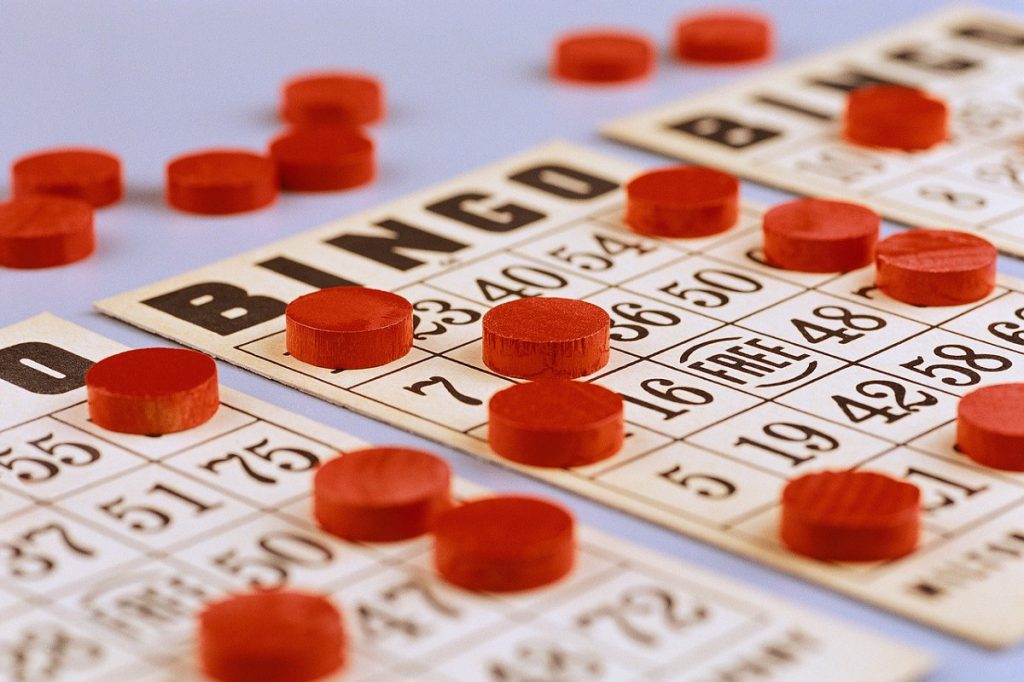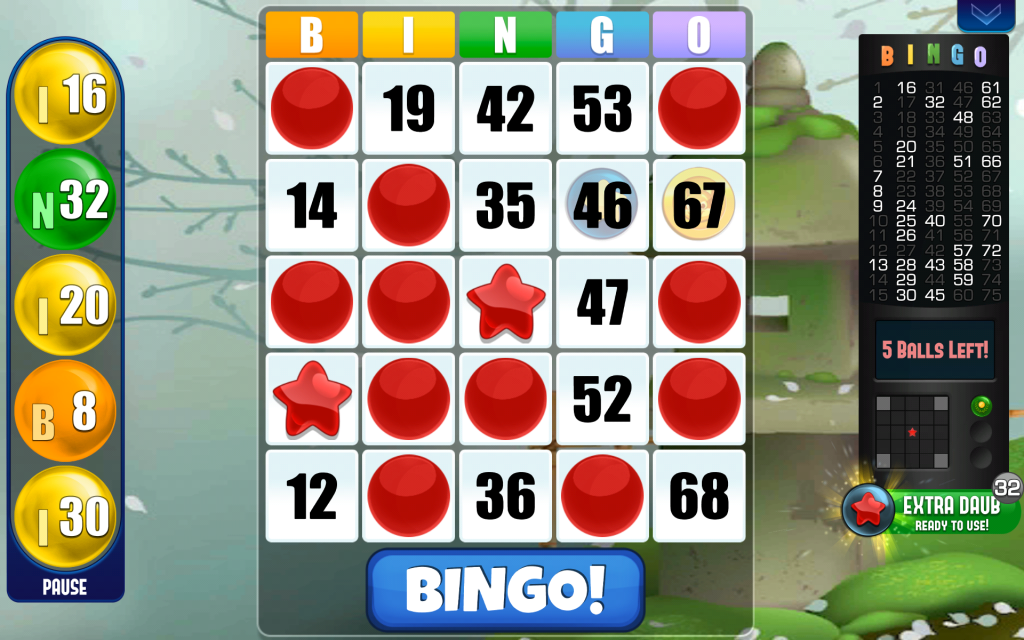The origins of the game of Bingo date back to 1530, when the first lottery in history was established. However, the first version did not arrive until the first half of the last century, in 1929. We are in New York and a modest toy seller, Edwin Lowe, spreads an alternative version of the game. At that time, however, Bingo was known as “bean”. Recalling the rules of Tombola, it evolved over the years to conquer an increasingly large number of players. This name referred to the dried beans used during the game to mark the numbers drawn in the various cards.
Why Bingo?

The story of the name, however, is even more interesting than that of its birth. It seems that the name with which we identify him today was created by mistake. Edwin, caught up in the euphoria of a game, mistakenly pronounced the word ‘bingo’ and the name was immediately replaced with this, dropping the ‘bean’ by which it had been known until then.
Over the course of the 1900s, Bingo evolved, becoming part of important state dynamics: in some nations it served to finance important works. Such was the case with the Great Wall of China, built with revenue from the local game of Keno, a variation of Bingo.
Despite being 90 years old, Bingo only came in the 1990s and was an undisputed success. Within a short period of time, it became the protagonist of many halls, first only physical, then later also online.
Bingo: simple and dynamic games

From its history, it is clear that the game of Bingo is appreciated and known in many parts of the world. Its popularity is also due to the simplicity of the game. In fact, in the course of the game, participants are involved in a few simple steps: the choice of cards, the draw and the addition of points.
The choice of cards is up to you. They can hold a random combination of 15 numbers and each player can choose as many as they wish, keeping in mind the ultimate goal: to get the winning combinations before their opponents. Immediately afterwards, the game gets into full swing with the draw: 90 numbers are randomly drawn to allow participants to fill their cards. Everyone has to try to complete an entire row to make “five of a kind”, or alternatively complete the folder to make Bingo.
Bingo, then, presents itself as a dynamic, surprising and straightforward game. This is why, since its inception and subsequent spread, it has become part of the tradition in many countries, managing to involve an ever increasing number of players.

0 Comments on How it all began: 90 years of history